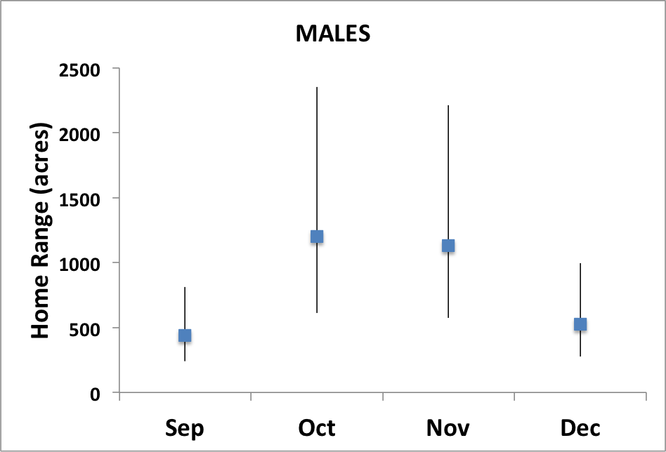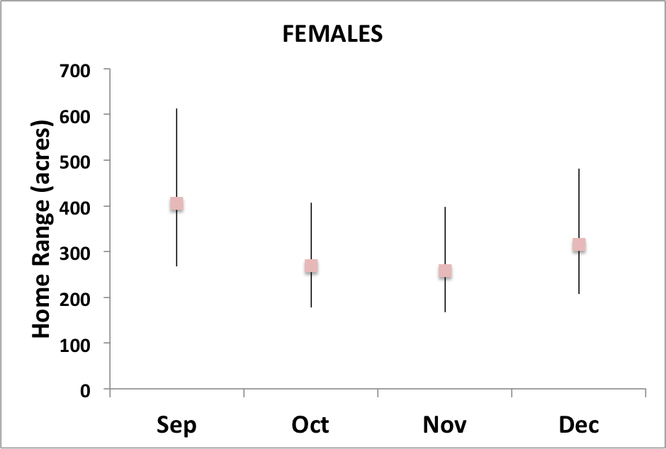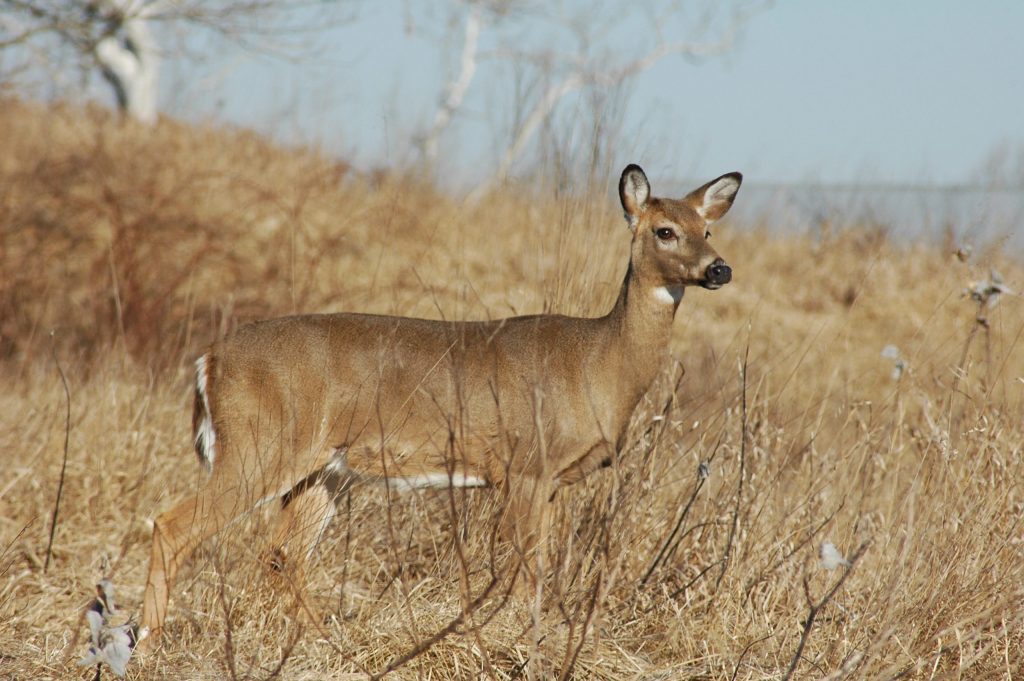Hunting magazines are plastered with the when’s and where’s of what males are doing during the rut. How many stories have you seen focused on does during the rut?
Breeding season is just as important to her as it is to any male. Given her investment in fawning rearing, maybe more! So what should she do to get the most from that free bird?
Just so we’re all on the same page, let’s open our books to the chapter on deer breeding biology.
Deer have what is called a polygynous breeding system. That’s where a single male mates with multiple females.
The reason for this type of breeding system is that males are not needed in the rearing of offspring. Males are simply a sperm donor. From an evolutionary perspective, polygamous systems are the most efficient breeding system when only one sex is needed to rear offspring. Monogamy is for the birds…literally.
To maximize his chances of passing on his genes (the ultimate goal of any individual from every species), bucks mate with as many females as possible. The more genes passed on, the better his “fitness.” Characteristics coded in those genes (if they result in offspring that are more likely to survive) will persist in the species.
That’s the male side – but does a female actively participate in maximizing her chances of passing on her genes as well?
We are so focused on the moving target (bucks), we forget that “fitness” is just as important to females (and it doesn’t require going to the gym).
Remember that almost a quarter of twin fawns have different fathers? Females maximize their fitness by breeding with multiple males.
By not putting all their eggs in one basket (or with one buck), they are more likely to mate with a male with high fitness. Those “good” genes mean persistence of her genes in the population as well.
Is there a selection process? For males, the answer is a solid no. They’ll mate with any female that will let them. With no investment in fawn rearing, it’s about quantity, not quality.
Do females conduct interviews of would-be mates? Possibly. But most of the “selection” likely occurs when males are competing to breed with a female. Only the fittest bucks fend off competitors and breed the female.
The best breeding strategy is a selfish strategy! For both the individual and the species (because if individuals are successful then the species will persist).
So where were we… Oh yes, what should females do during the rut?
Well, we all know males are running around all over the place. Check out some of our recent and older posts containing movies of bucks during the rut.
• The Life and Times of Buck 8917
• Crazy, crazy, crazy!
• Travelin’ Man
Male behavior makes perfect sense. Hit the road, go as fast and as far as you can, so you meet (and mate with) as many females as possible.
What’s a damsel to do?
While knights are dashing all over the countryside, it’s probably best for damsels to stay put.
Just like if you are lost in the woods, the best strategy to be found is not to move. Let yourself be found.
Our 4-legged antler-clad knights are on a mission to find a damsel (or 2 or 3 or 4) in distress. That means a damsel is better off just waiting in her ivory tower for a knight to arrive.
If our fairy tale is true, we can then generate some testable predictions regarding female movements during the rut – such as female home ranges should shrink and the distances they travel per day should decline.
So how does it end? Do the knights find a lady? Do the ladies let themselves be found?
Here’s how adult male home ranges change during September, October, November, and December (the vertical lines are 95% confidence intervals and simply represent the variability in home range size – all data are from 2014).

And notice how the pattern in the home ranges of adult females is the exact opposite.

Sure enough these data support our tale – the rut begins in late October and concludes by the end of November – and as male home ranges increase female home range size declines.
Not only that, female movement rates decline from about 0.85 miles per day prior to the rut to 240 yards per day during the rut!
And this makes perfect sense. If you’re a female, let the males run around looking for you. Damsels need to take it easy and fatten up for the winter. After all, knights are not interested in settling down and raising a family.
-Duane Diefenbach and Jeannine Fleegle
P.S. Someone emailed me recently reporting they saw 5 bucks in one day of hunting but only 1 doe. Now you know how that can happen!
If you would like to receive email alerts of new blog posts, subscribe here.
And Follow us on Twitter @WTDresearch
